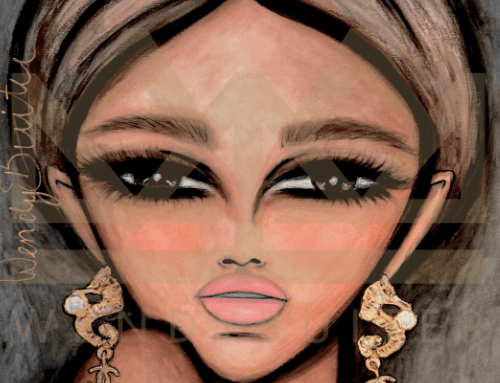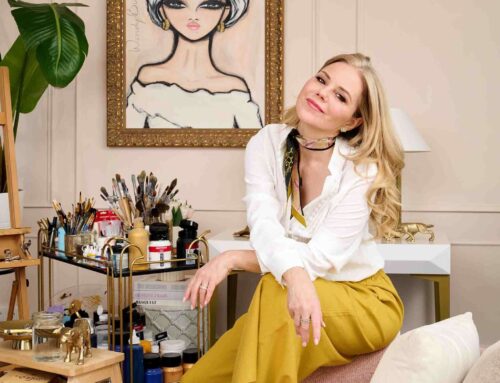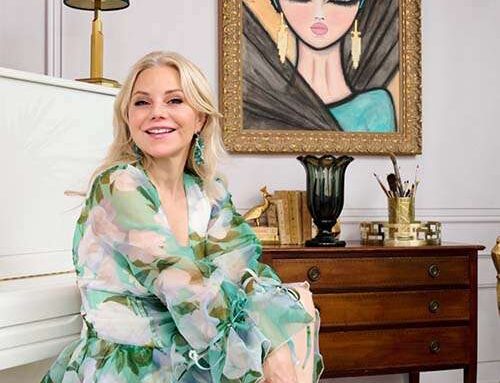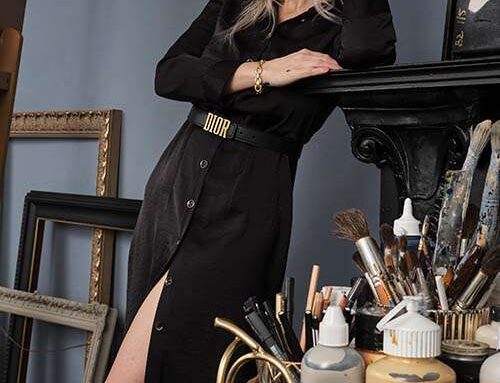As an artist, I often find that many people are intrigued by the world of art but feel intimidated by the various classifications and the perceived elitism surrounding it. Whether you are from the working class or the middle class, understanding the different types of art and finding your place in the art world can be both enriching and exciting. Let’s delve into the definitions of various art forms, including Lowbrow, Middlebrow, and Highbrow Art, and explore how you can confidently start collecting art.
Exploring Different Art Forms
Lowbrow, Middlebrow, and Highbrow Art
- Highbrow Art:
- Origins: The term “highbrow” originated in the early 20th century, associated with a high level of intellectual and artistic refinement. Initially used in literary criticism, it later extended to other art forms.
- Usage: Highbrow Art refers to works considered complex, intellectually challenging, and often elite. This term is frequently used by academics, art critics, and cultural elites.
- Examples: Renowned artists such as Vincent van Gogh and Pablo Picasso, as well as classical composers like Ludwig van Beethoven, are typically categorized as highbrow.
- Middlebrow Art:
- Origins: The term “middlebrow” gained popularity in the 1920s and 1930s to describe art and culture that is more accessible than highbrow art but still holds some degree of cultural and intellectual value.
- Usage: Middlebrow Art is appreciated by a broader audience and is seen as respectable and somewhat refined. It serves as a bridge between highbrow and lowbrow art.
- Examples: Artists like Norman Rockwell, musical productions by Andrew Lloyd Webber, and literature such as the works of J.K. Rowling.
- Lowbrow Art:
- Origins: “Lowbrow” initially emerged as a derogatory term to describe art and culture viewed as simple, vulgar, or trivial. However, in the 1970s, it began to be positively associated with underground and alternative art movements.
- Usage: Lowbrow Art includes works linked to popular culture, often incorporating elements of humor or subversion. This category encompasses comic books, graffiti, and various forms of alternative art.
- Examples: Artists like Robert Williams, a pioneer of the lowbrow art movement, Banksy, and numerous forms of street art.
Contemporary, Fine, Popular, Avant-Garde, Commercial, Outsider, Kitsch, and Street Art
- Contemporary Art:
- Description: Art produced in the present day. It encompasses a wide range of styles and media, from paintings and sculptures to installations and digital art. Contemporary art often engages with current themes and modern techniques, making it a dynamic and diverse field.
- Fine Art:
- Description: Traditionally refers to visual art forms created for aesthetic and intellectual purposes, such as painting, sculpture, and graphic arts. Fine art is often associated with works displayed in museums and galleries that require a high degree of technical skill and creative vision.
- Popular Art:
- Description: Art aimed at a broad audience and often serving commercial purposes. This category includes illustrations, posters, and comic books. Popular art is easily accessible and often mass-produced, making it a familiar and approachable entry point for many people.
- Avant-Garde Art:
- Description: Experimental, radical, or innovative art. Avant-garde artists often seek to break established art norms and introduce new forms and ideas. This term is frequently used in the context of modern and contemporary art, highlighting works that push boundaries.
- Commercial Art:
- Description: Art created for commercial purposes, such as advertisements, marketing campaigns, and product designs. This term describes artworks made with specific practical or sales goals in mind.
- Outsider Art (Art Brut):
- Description: Art created by self-taught artists, often outside the conventional art world and without formal art education. This term is used to describe authentic and unconventional artworks made by artists with little or no contact with the mainstream art scene.
- Kitsch:
- Description: Art or objects considered cheap, sentimental, or tasteless. It is often associated with mass production and popular culture and is typically used pejoratively to describe works seen as pretentious or superficial.
- Street Art:
- Description: Art created in public spaces, including graffiti, murals, and temporary installations. This term describes art that is accessible to the public and often carries socially or politically charged messages.
Cultural Evolution and Examples
The perception of art is not static; what is considered Lowbrow today can be re-evaluated and appreciated as Highbrow art in the future. This transformation is influenced by cultural shifts, academic interest, and societal values.
Examples of Cultural Transformation:
- Vincent van Gogh: During his lifetime, Van Gogh’s work was often undervalued and misunderstood. Today, he is celebrated as one of the greatest artists of all time (Highbrow Art).
- Jazz Music: Once seen as entertainment for the lower classes, jazz is now recognized as a significant and complex art form.
- Comic Books and Graphic Novels: Originally viewed as simple entertainment for children, these are now acknowledged as legitimate art forms, with works like Art Spiegelman’s “Maus” winning literary awards.
I want to encourage you to start your Art Journey
Art is for everyone. It doesn’t matter where you come from or how much you know about it. If you feel drawn to a particular form of art, be it comic books or more accessible paintings, that’s a great place to start. Here’s how you can begin your journey into the art world and feel comfortable buying art, even if it’s more accessible forms like a painting or a print.
Begin with What You Love
Art doesn’t have to be complicated or expensive. Start with what you like. Maybe you’re drawn to colorful paintings, interesting prints, or street art. The key is to choose something that makes you happy and that you’d love to see in your home.
Explore Different Art Forms
Take the time to explore various types of art. Visit local art markets, galleries, or museums. Many museums have free days or pay-what-you-can policies, making them more accessible. You can also search online for art that interests you.
Talk to Artists and Galleries
Don’t be afraid to talk to artists and gallery owners. They are often very friendly and eager to share their passion and knowledge. Ask questions about their work, inspiration, and the process behind the art. This can help you learn more and feel more at ease when buying art.
Start Small
You don’t have to buy expensive artworks right away. Start with prints, small paintings, or even artful posters. This can be an affordable way to start collecting art and discover what you truly enjoy.
Invest in Art that Speaks to You
Buying art is not just about investing in something valuable but also about finding something that inspires you and makes you happy. If you see a piece of art that resonates with you, that’s a good reason to buy it. It’s all about what it means to you.
Don’t Be Afraid to Make Mistakes
There’s no right or wrong way to enjoy art. Don’t worry about what others think or whether you’re buying the “right” art. The most important thing is to have fun and enjoy the art you choose.
Make Art a Part of Your Life
Let art be a regular part of your life. Visit exhibitions, follow artists on social media, and keep challenging yourself to discover new things. The more you immerse yourself in the art world, the more you will enjoy it.
Why Art is Important
Art can enrich your life in many ways. It can inspire you, broaden your perspective, and make your daily life more beautiful. By supporting art, you also support artists and the creative community, which is vital for a vibrant and diverse society.
So, start your journey into the art world with an open heart and a curious mind. Remember, art is for everyone, and that means it’s for you too.
Love and stay inspired,
Wendy Buiter








Leave A Comment
You must be logged in to post a comment.